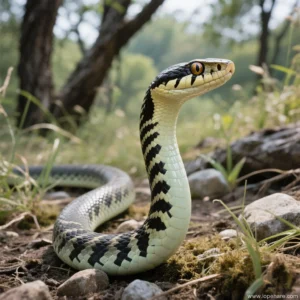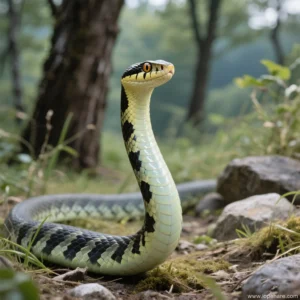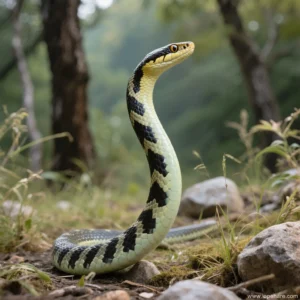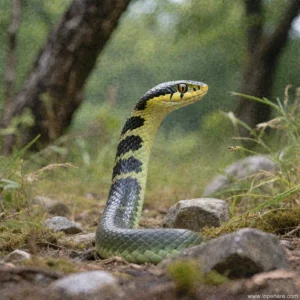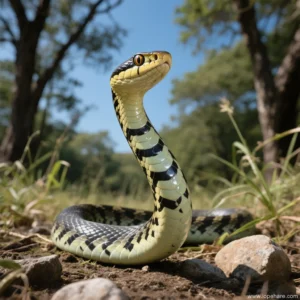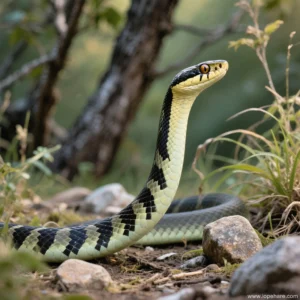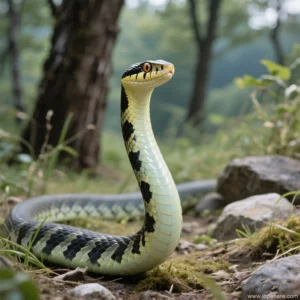Elaphe schrenckii vs. Corn Snakes: Which Is Low-Maintenance for Busy Owners?
At lopehare, we understand that exploring the world of small and unique pets means finding animals that fit your lifestyle. For many, finding a pet that doesn’t demand round-the-clock attention is crucial, especially for busy individuals or families. When it comes to snakes, two species that often come up in discussions are the Amur Rat Snake (Elaphe schrenckii) and the ever-popular Corn Snake (Pantherophis guttatus). Both are rat snakes, but their care requirements and temperaments can differ. So, if you’re looking for a beginner friendly pet snake care option that’s genuinely low-maintenance, which one should you consider?
Defining “Low Maintenance” Snakes
For a pet snake, “low maintenance” generally implies:
- Simple and stable environmental needs (temperature, humidity).
- Straightforward feeding requirements (readily accepting common prey).
- Infrequent feeding and cleaning schedules compared to other pets.
- Hardiness and resistance to minor fluctuations in care.
- Generally docile temperament, easy to handle.
- Availability of resources and veterinary care.
Let’s look at how Elaphe schrenckii and Corn Snakes measure up against these criteria.
Elaphe schrenckii Basics
Also known as the Amur Rat Snake or Siberian Rat Snake, Elaphe schrenckii is a visually striking snake native to East Asia. They are known for their beautiful dark banding on a yellow or cream background. As adults, they can reach lengths of 4-6 feet, sometimes slightly more. In captivity, they are generally considered docile once accustomed to handling, though young individuals can be a bit more nervous or flighty.
Corn Snake Basics
The Corn Snake is perhaps the most recommended beginner snake globally. Native to the southeastern United States, they are smaller than Amur Rat Snakes, typically reaching 3-5 feet in length. They come in an incredible array of colours and patterns (morphs) thanks to extensive captive breeding. Corn snakes are renowned for their placid temperament, ease of handling, and consistent feeding response.
Popularity Matters: The widespread popularity of Corn Snakes means there is a wealth of accessible information, captive-bred individuals, and readily available supplies compared to less common species like the Amur Rat Snake.
Comparing Their Care Needs
While both are rat snakes, there are nuances in their ideal husbandry:
Environmental Requirements
Both species need a temperature gradient, but the specifics differ slightly. Corn Snakes typically thrive with a basking spot around 85-90°F (29-32°C) and an ambient temperature in the low to mid-70s°F (22-24°C). Elaphe schrenckii can tolerate, and some argue prefer, slightly cooler overall temperatures, with a basking spot around 80-85°F (27-29°C) and ambient temps in the low 70s°F (20-23°C). Maintaining humidity is relatively straightforward for both; a moderate level (40-60%) is usually sufficient, which can be achieved with a moist substrate and a water bowl. Neither requires the precise humidity control or misting needed for tropical species like chameleons.
However, adult Elaphe schrenckii, being larger, require significantly larger enclosures than adult Corn Snakes. A 4x2x2 foot enclosure is often recommended as a minimum for an adult Amur Rat Snake, whereas a 40-gallon breeder tank (approx. 3×1.5×1.5 feet) can suffice for many adult Corn Snakes. A larger enclosure requires more space, more substrate, and takes longer to clean.

Image: A black and white banded snake similar to an Elaphe schrenckii in a naturalistic setting.
Diet and Feeding
Both snakes are rodent eaters in captivity. They readily accept appropriately sized mice or rats. The feeding frequency is also similar: hatchlings eat more often (weekly), while adults are typically fed every 1-2 weeks. The main difference lies in the size of the prey needed for large adult Amur Rat Snakes compared to Corn Snakes. Sourcing larger feeder rodents can sometimes be slightly more challenging or expensive depending on your location, but it’s generally not a major hurdle.
Temperament and Handling
Corn Snakes are arguably the kings of docility among commonly kept snakes. They are rarely prone to biting and quickly become comfortable with regular, gentle handling. Elaphe schrenckii can be more defensive as juveniles, possibly striking or musking, but usually calm down significantly with consistent, positive handling. If ease of handling right from the start is a priority for a busy owner, the Corn Snake often has an edge.

Time Commitment Comparison
For busy owners seeking an easy to care for pet snakes, the daily and weekly time commitment is key. Here’s a breakdown:
- Daily: Quick check on the snake (visibility, posture), water bowl check/refill. Same for both species – takes minutes.
- Weekly: Spot clean enclosure, feed (for adults, this might be every two weeks). Same for both species. Preparing the feeder takes seconds, feeding takes minutes.
- Monthly/Bi-monthly: More thorough enclosure cleaning, replace substrate. For the larger Elaphe schrenckii enclosure, this will take more time and effort than for a Corn Snake enclosure.
- Shedding: Both species will shed their skin periodically. Checking for a clean shed takes minimal time.
Overall, the routine tasks are similar, but the scale of the enclosure for an adult Amur Rat Snake means cleaning takes longer.
Cost Considerations
Initial setup costs (enclosure, heating, thermostat, hides, etc.) will be higher for an Elaphe schrenckii due to the need for a larger enclosure. Ongoing costs for substrate and larger prey items might also be slightly higher. The purchase price of the snake itself can vary greatly depending on locale or morph, but captive-bred Corn Snakes are generally less expensive and more widely available than captive-bred Elaphe schrenckii.
Conclusion: Which Snake Is Easier?
While both Elaphe schrenckii and Corn Snakes are relatively straightforward compared to many other reptile species, when specifically comparing the two for the absolute lowest maintenance and ease of entry for a busy owner, the Corn Snake (Pantherophis guttatus) edges out the Amur Rat Snake (Elaphe schrenckii).
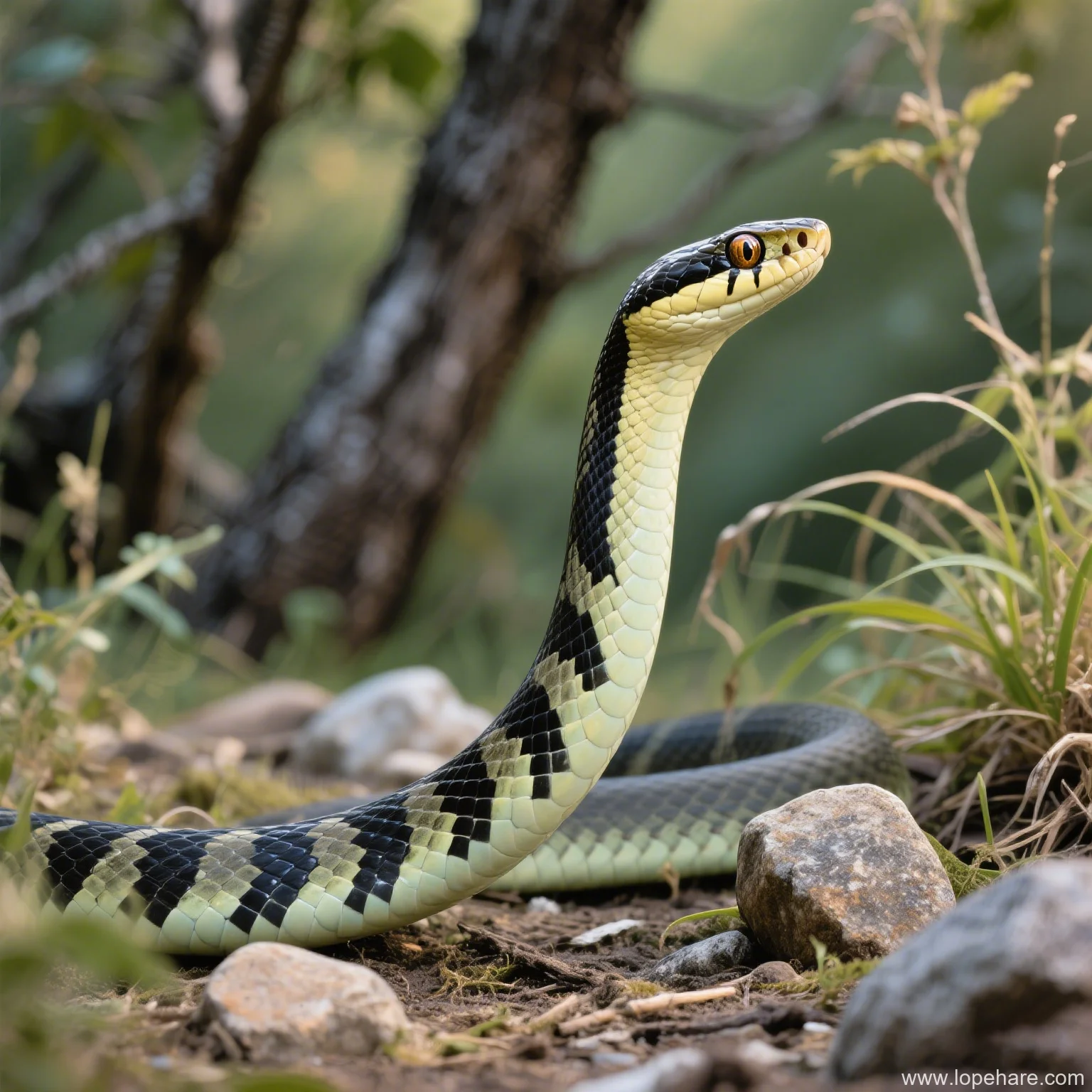
Corn Snakes require smaller adult enclosures, are consistently more docile from a young age, are easier to find, and have lower initial and potentially ongoing costs. Their care requirements are well-documented and very forgiving for common beginner mistakes.
The Elaphe schrenckii is a fantastic snake for those ready for a slightly larger pet and perhaps a bit more patience with handling younger individuals, but its need for a larger habitat and potentially less common availability make it a slightly higher rung on the maintenance ladder compared to the exceptionally easy Corn Snake. For most busy individuals seeking a simple, rewarding reptile companion, the Corn Snake remains our top recommendation for beginner friendly pet snake care.
References:
